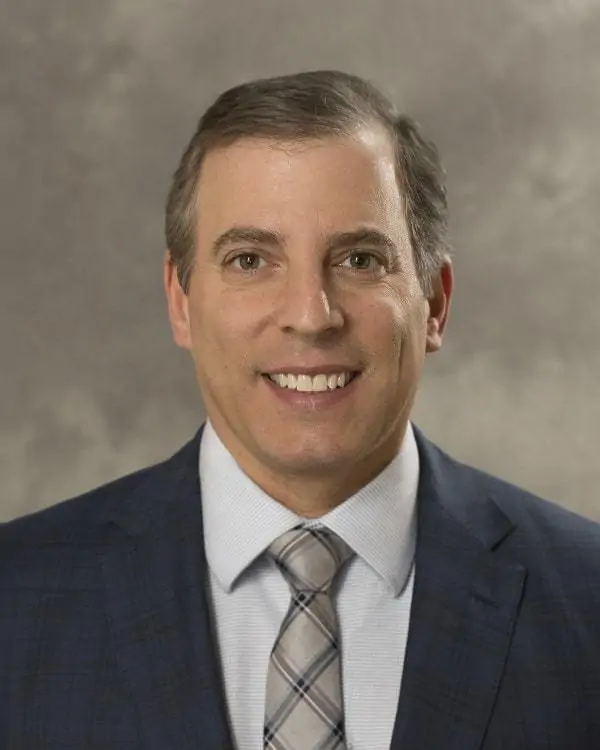If you’ve ever noticed gum tissue appear to creep up higher and higher over time, showing off more and more of the actual tooth, you’ve seen gum recession in action. Really slow action, but nonetheless, you’ve experienced it. Gum recession is incredibly common and can be treated. But our dental office in Lyndhurst wants to emphasize that just because it’s treatable, doesn’t mean you should let it go. It can be painful and be a sign of more serious problems.
Why is Gum Recession Concerning?
Besides helping to hold teeth in place, one responsibility of gums is to protect the roots of teeth. When gums start to recede, it leaves the roots exposed to the elements, making teeth sensitive and painful. If gum recession is left untreated, it will only lead to more serious and often painful problems including:
- Severe inflammation
- Increased susceptibility to bacteria
- Erosion of bone and supporting tissues
- Rotting teeth that will fall out
Top Causes of Gum Recession
There are a variety of things that can cause gum recession. While we can list multiple reasons here, the main culprits include:
- Roughly brushing or using a hard-bristled toothbrush
- Tooth grinding
- Tobacco use
- Genetics
- Gum disease
Signs of Gum Recession
Gum recession is a slow process, and the best way to catch it early is to maintain regular visits with your dentist in Lyndhurst. In between appointments, keep an eye out for:
- Teeth that appear longer
- Sensitive teeth
- Little indentations on the teeth near the gum line
Gum Recession Treatment
Treatment can vary greatly depending on the severity. Sometimes a new toothbrush and better flossing habits will keep it from progressing. For more serious cases, a deeper dental cleaning called scaling and root planing may be appropriate. People who have let the recession progress for a long time may need to explore a surgical option.
Gum recession isn’t something to take lightly. If you’re experiencing it yourself, we welcome you to call our Lyndhurst dental office. We’ll talk about your oral hygiene habits, examine your mouth for any other problems, and discuss the best treatment option for you.

